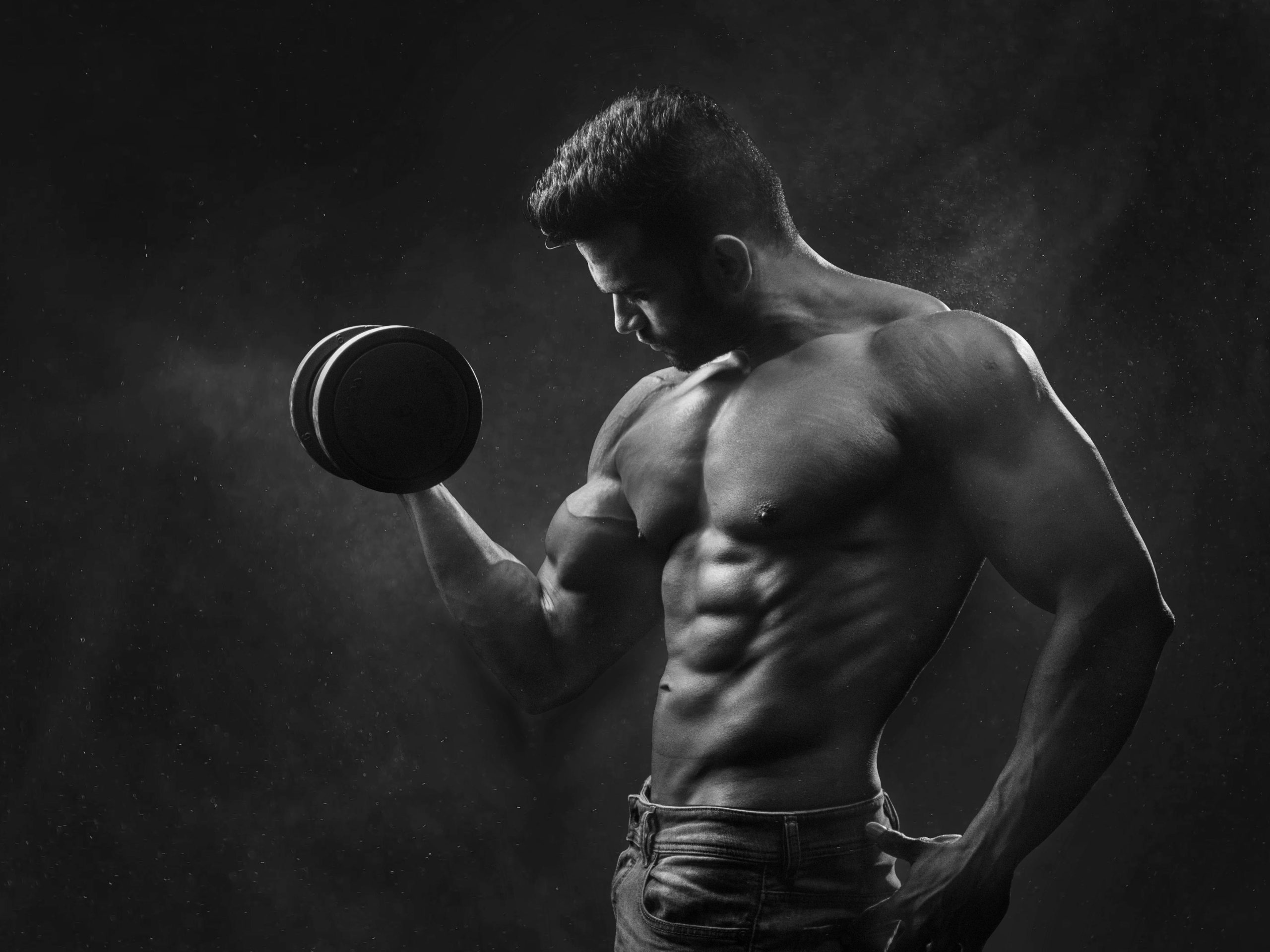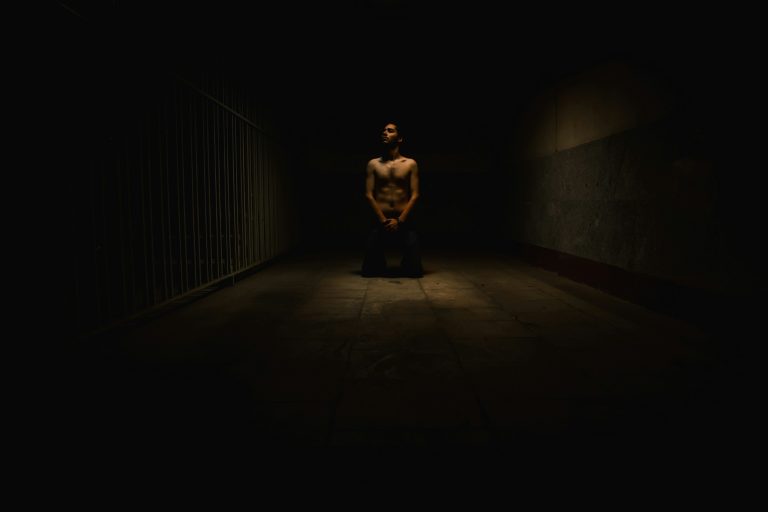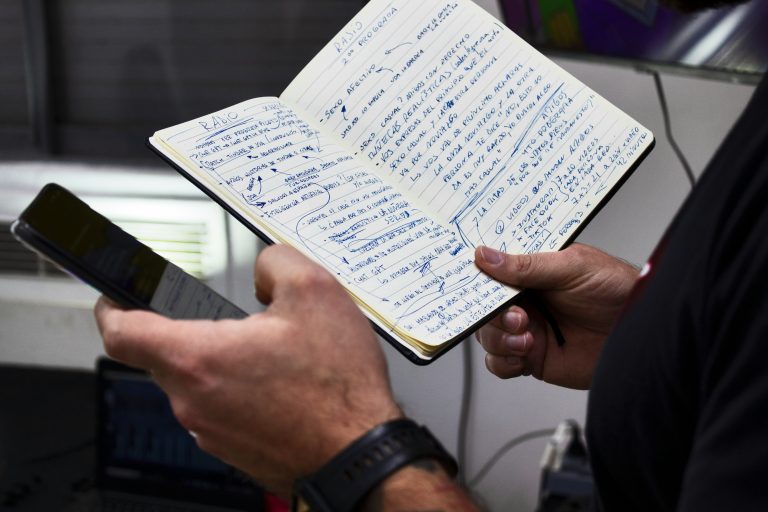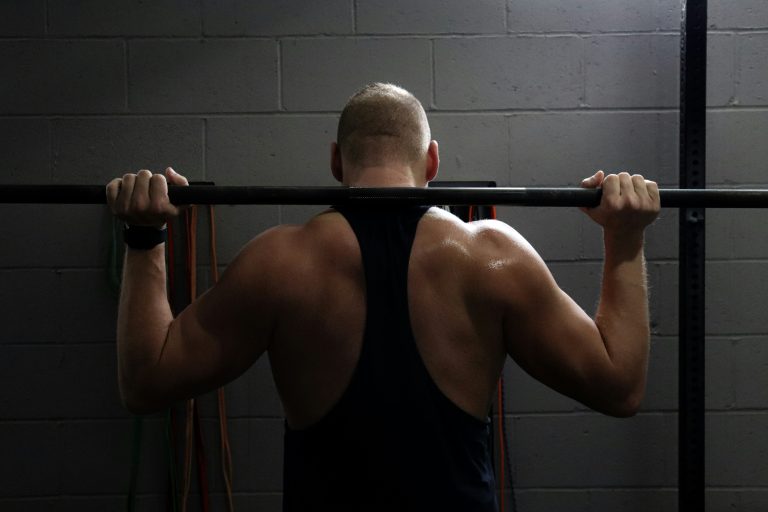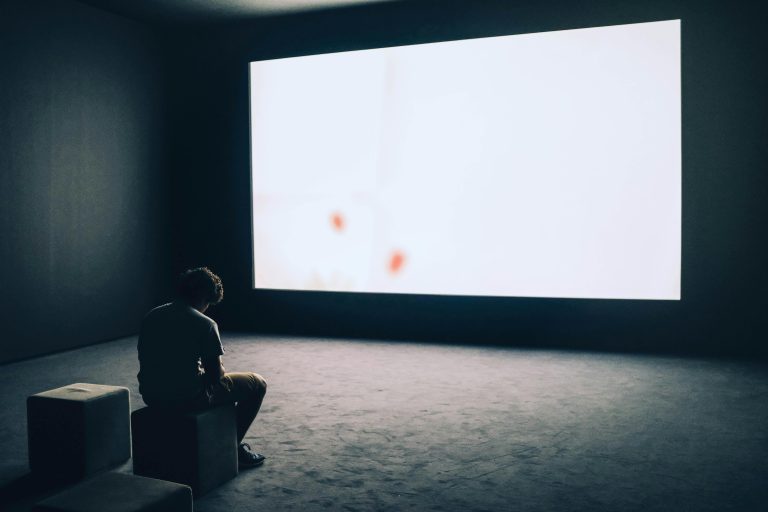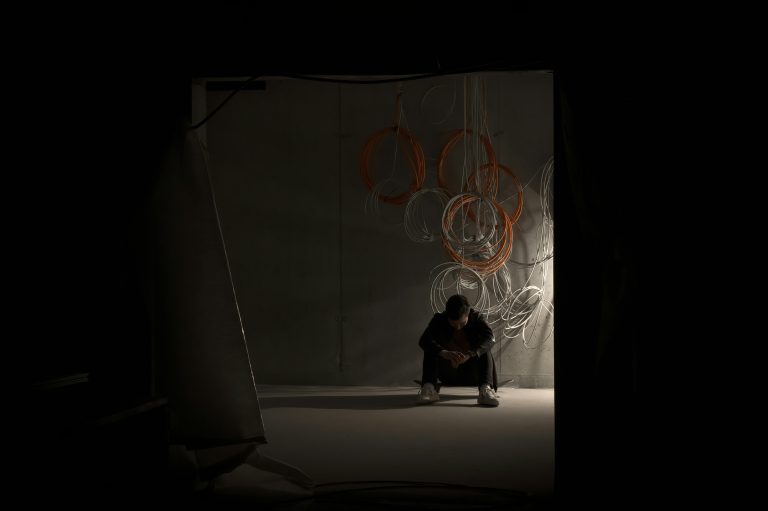Physical Pain and Mental Strength: 10 Ways How Suffering Builds Unstoppable Men
The Hidden Link Between Physical Pain and Mental Strength
Every man reaches a breaking point. Mine came on a Tuesday morning when I couldn’t get out of bed without my back screaming. Not from injury. From weakness. Years of comfort had turned my body into mush and my mind into fog.
That day changed everything. I discovered something most men never learn: pain isn’t your enemy. It’s your teacher. And when you stop running from it, you unlock a level of mental strength that comfort can never give you.
If you’re tired of being soft, distracted, and weak—this is your wake-up call. The connection between physical pain and mental strength isn’t just real. It’s the secret that separates warriors from weaklings.
My Hardest Training Day
The barbell sat there loaded with more weight than I’d ever attempted. 315 pounds. My hands shook as I gripped the bar. Every fiber in my body screamed “quit.”
I didn’t quit.
What happened next wasn’t just a deadlift. It was a resurrection. As my muscles burned and my lungs gasped for air, something clicked. The pain wasn’t breaking me down. It was building me up. Every rep, every burn, every moment I wanted to stop but didn’t—that was power being forged.
Hard training teaches you something no motivational video ever will: you can handle more than you think. Much more. When you push through physical barriers, mental barriers crumble too.
That single session rewired my brain. Problems that used to overwhelm me became manageable. Challenges that used to make me freeze became opportunities to prove my strength.
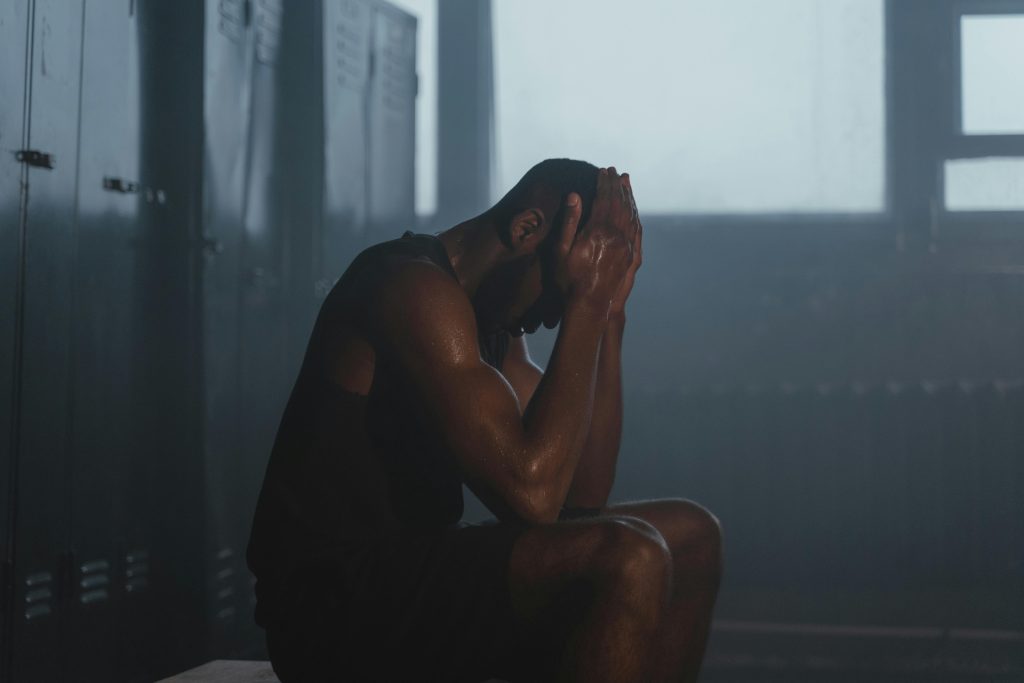
Pain Is Power When You Choose It
Here’s what weak men don’t understand: there are two types of pain. Pain that chooses you, and pain you choose.
Pain that chooses you makes you a victim. Hangovers. Regret. The ache of wasted potential. This pain destroys.
Pain you choose makes you powerful. The burn of push-ups. The sting of cold showers. The exhaustion after hard work. This pain builds.
When you voluntarily step into discomfort, you’re training your mind to stay calm under pressure. You’re developing pain tolerance that translates into mental strength. Every time you choose the hard path, you’re depositing courage in your mental bank account.
Most men spend their lives avoiding pain. They choose the soft bed over the early workout. The easy meal over the healthy one. The comfortable lie over the hard truth. They think they’re protecting themselves. They’re actually weakening themselves.
Strong men seek pain. Not because they enjoy suffering, but because they know suffering creates strength. They understand that comfort is the enemy of growth.
Emotional Weakness Cured by Physical Challenge
Your emotions follow your body. Weak body, weak emotions. Strong body, strong emotions. It’s that simple.
When I started lifting heavy, something interesting happened. The anxiety that used to paralyze me started fading. The depression that used to drag me down lost its grip. The anger that used to control me became fuel for my workouts.
Physical challenge rewrites your emotional software. When you deadlift twice your body weight, everyday stress feels light. When you sprint until your lungs burn, work pressure becomes manageable. When you do 100 push-ups without stopping, small problems stop feeling big.
This isn’t therapy. This is reprogramming. Your brain learns that you can handle intense discomfort and come out stronger. That lesson transfers to every area of your life.
Rejection doesn’t sting as much when you’ve felt the burn of heavy squats. Criticism doesn’t hurt as much when you’ve pushed through the pain of exhaustion. Failure doesn’t scare you as much when you’ve felt your muscles fail and kept going anyway.
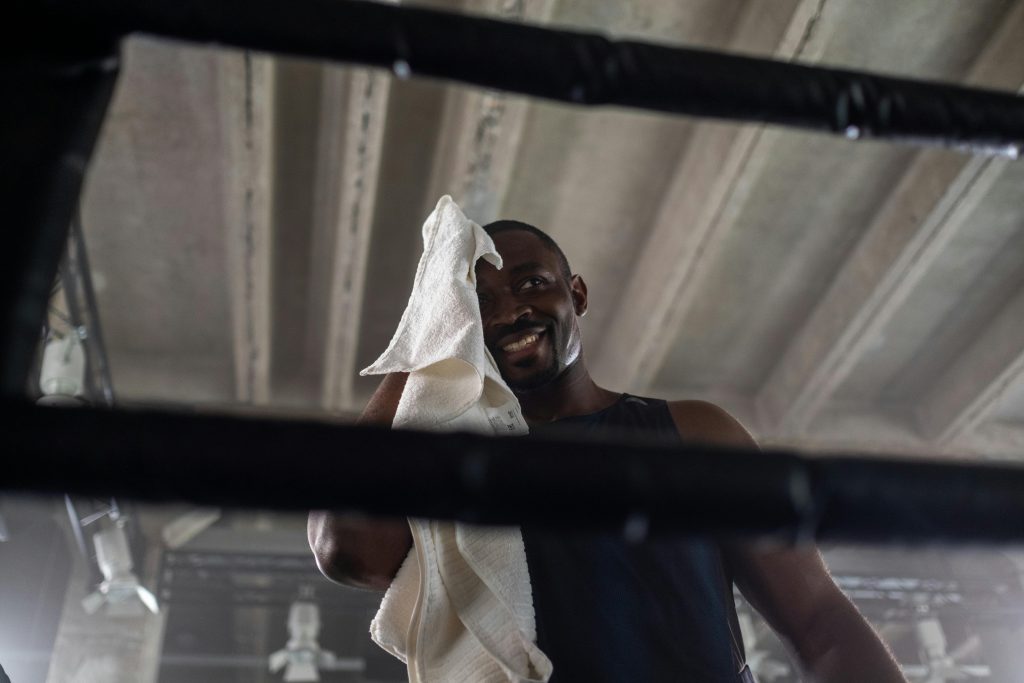
How Lifting Saved My Mindset
Before I discovered the iron, my mind was chaos. Every small problem felt massive. Every setback felt permanent. Every challenge felt impossible.
The gym changed that. Not because lifting is magic, but because it teaches you fundamental truths about strength:
Strength is built through resistance. You don’t get strong by lifting light weights. You get strong by progressively adding more weight, more reps, more intensity. Your mind works the same way. It gets stronger when you add more challenges, not when you remove them.
Progress happens slowly, then suddenly. For weeks, you might not see changes. Then one day, you notice your arms are bigger, your lifts are heavier, your endurance is better. Mental strength builds the same way. Small daily actions compound into massive results.
Form matters more than ego. Lifting heavy with bad form leads to injury. Building mental strength with bad habits leads to breakdown. Consistency with proper technique beats intensity with poor execution every time.
The weights became my therapy. Every session was a lesson in perseverance. Every rep was a small victory over my old weak self. Every workout was proof that I could commit to something hard and see it through.
Use Physical Pain and Mental Strength as Data
Most men treat pain as a stop sign. Smart men treat it as information.
When your muscles burn during a workout, that’s not a signal to quit. That’s data telling you you’re in the growth zone. When your lungs scream during cardio, that’s not weakness. That’s feedback telling you your cardiovascular system is adapting.
The same principle applies to life. When facing a difficult conversation makes you uncomfortable, that’s data telling you it’s important. When starting a new project makes you nervous, that’s information telling you it has potential for growth.
Pain tolerance isn’t about ignoring pain. It’s about interpreting it correctly. It’s about distinguishing between pain that signals damage and pain that signals growth.
Damage pain tells you to stop. Sharp, sudden, unnatural pain means something is wrong. Growth pain tells you to continue. Slow burn, muscle fatigue, cardiovascular stress means you’re improving.
Learning to read these signals transforms your relationship with discomfort. Instead of running from every uncomfortable sensation, you learn to lean into the ones that make you stronger.
This is where most men go wrong: they treat all pain the same. But real strength comes from learning to listen.
Not all pain is created equal, and if you want to grow without breaking yourself, you need to diagnose it accurately.
Is the pain sharp, stabbing, or joint-related? Stop. That’s a warning signal. Your body is telling you something’s off or potentially damaging. Ignore it, and you’re inviting injury.
On the other hand, is the pain burning, heavy, or slow-building? That’s your green light. That’s the discomfort that transforms. That’s the signpost of progress as your muscles tear and rebuild stronger or your stamina climbs a notch higher.
Train yourself to ask, with every rep, every sprint, every strain: “Is this pain telling me to stop—or telling me I’m growing?” Once you develop that filter, you stop running from discomfort and start reading it like a roadmap.
Growth lives on the edge of discomfort, right where your body is asking you to push just a bit further without tipping into harm. Listen, adapt, and thrive. That’s how you get stronger.
Suffering Equals Sharpening
A blade gets sharp through friction. Metal grinding against stone, removing impurities, creating an edge. Remove the friction, and the blade stays dull.
Your character works the same way. Comfort keeps you dull. Struggle makes you sharp.
Every hard workout is friction that removes weakness. Every cold shower is pressure that builds discipline. Every early morning is resistance that creates willpower.
This is why successful men often have stories of overcoming adversity. Not because adversity is fun, but because it’s educational. It teaches lessons that comfort never can:
- How to stay calm under pressure
- How to persist when motivation fades
- How to find strength you didn’t know you had
- How to solve problems with limited resources
- How to lead when others want to quit
Masculine power isn’t about being the biggest or strongest. It’s about being unbreakable. And unbreakable men are forged through deliberate suffering, not accidental comfort.
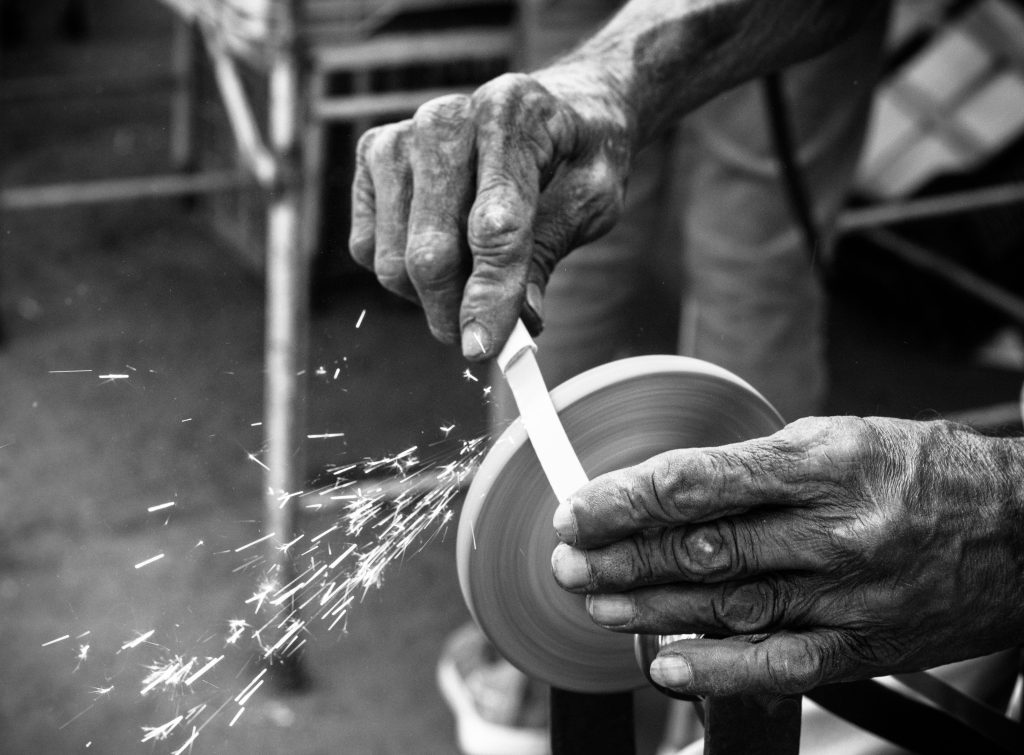
Real Suffering vs Self-Destruction
Not all pain creates power. Some destroys it.
Real suffering has purpose. It’s the burn of exercise, the discomfort of growth, the strain of learning something new. This suffering builds character, strength, and resilience.
Self-destruction masquerades as toughness but actually weakens you. Drinking until you blackout isn’t building pain tolerance. It’s building addiction. Staying up all night isn’t proving discipline. It’s proving poor decision-making.
Real suffering is temporary and voluntary. You choose to enter it, you control the intensity, and you can stop when necessary. It has clear benefits and measurable progress.
Self-destruction is compulsive and harmful. It controls you, escalates beyond your intention, and creates problems instead of solving them.
The difference is intention and outcome. Real suffering makes you better. Self-destruction makes you worse.
Hard training, cold exposure, fasting, meditation—these create beneficial stress that strengthens your system. Drugs, alcohol, sleep deprivation, toxic relationships—these create harmful stress that weakens your system.
Choose your suffering wisely. Not all pain creates power.
Pain as a Spiritual Discipline
Modern men are spiritually starving. Not because they lack religion, but because they lack challenge—a sacred discomfort that forges soul-deep strength.
Pain, when confronted willingly, becomes more than just physical; it becomes a gateway to transformation. It’s a discipline that sharpens your spirit, humbles your ego, and connects you to something primal and profound.
When you push beyond your limits, whether through grueling training, enduring silence, or facing solitude, you’re not just testing your body—you’re building your character.
Pain becomes a crucible. It burns away weakness and excuses, leaving behind clarity and purpose. This is how pain purifies. Not through breaking you, but through baptizing you into your potential.
Like I talked about in The Gym as a Temple, physical struggle isn’t just physical—it’s spiritual.
The man who avoids the burn of effort remains stagnant. The man who embraces it steps closer to his highest self. Pain is not the enemy. It’s the initiation to power.
Why Men Must Embrace Pain
Modern comfort is killing masculine power. Everything is designed to eliminate friction, reduce effort, minimize discomfort. The result? Weak men who can’t handle basic challenges.
Your ancestors didn’t have this luxury. They faced physical hardship daily. Hunting for food. Building shelter. Defending territory. Their bodies and minds were forged by necessity.
You don’t have those natural challenges anymore. So you must create them artificially. This isn’t about returning to primitive living. It’s about maintaining the strength that comfort erodes.
Men who avoid all discomfort become fragile. They can’t handle criticism. They crumble under pressure. They quit when things get difficult. They become dependent on others for strength they should have built themselves.
Men who seek appropriate discomfort become antifragile. They get stronger under stress. They stay calm in chaos. They persist through obstacles. They become the strength others depend on.
Studies show that voluntary discomfort, like cold exposure, can build resilience. The Science of Ice Baths and Stress Management goes into even more detail on exactly how it changes you.
This is your choice: gradual weakening through comfort, or deliberate strengthening through challenge. There’s no middle ground. You’re either getting stronger or getting weaker.
How Pain Builds Leadership
Leadership isn’t built in boardrooms or created through titles—it’s earned in the furnace of discomfort.
A man who avoids pain can’t lead because he lacks the grit to endure the pressure when stakes are high. When adversity strikes, and chaos takes over, a weak man breaks.
But those who welcome pain, who see challenges as stepping stones, become the anchors others depend on when everything falls apart.
Pain tolerance isn’t just about personal strength—it’s the foundation of leadership. The man who can remain unshaken in the midst of crisis becomes a pillar for others.
When people are overwhelmed, they naturally turn to the steadiness of someone who has shown the ability to endure. The man who has walked through fire earns the respect that can’t be bought or demanded.
You want to lead? Then start by mastering yourself. Endure the burn of exertion, the discomfort of struggle, and the discipline of consistency.
Leadership begins when you face pain head-on, proving that no challenge will shake you. And that strength—earned and undeniable—becomes the reason others trust you, follow you, and rise with you.

Rituals to Seek Pain
Building pain tolerance requires systematic practice. Here are proven methods to develop mental strength through physical challenge:
Cold Exposure: Start with cold showers. 30 seconds of cold water at the end of your regular shower. Gradually increase duration. The shock trains your nervous system to stay calm under stress.
High-Intensity Training: Sprint intervals, heavy lifting, circuit training. Push your body beyond its comfort zone regularly. This builds both physical and mental resilience.
Fasting: Skip breakfast once a week. Then try 24-hour fasts. Hunger is discomfort you can control. Learning to function while hungry builds mental discipline.
Early Rising: Wake up at 5 AM regardless of when you went to bed. The discomfort of early mornings creates discipline that carries through your entire day.
Uncomfortable Positions: Hold a plank until failure. Wall sits until your legs shake. These isometric exercises build mental endurance alongside physical strength.
Social Challenges: Have difficult conversations. Ask for what you want. Say no when you mean no. Social discomfort is pain worth embracing.
Breathwork Under Stress: The next time you’re under pressure—whether it’s during a tough workout, a nerve-wracking meeting, or even intense physical pain—tap into your breath.
Techniques like box breathing (inhaling for 4 seconds, holding for 4, exhaling for 4, and holding again for 4) or the Wim Hof method can rewire your nervous system. These practices force your body into calm when every fiber of you wants to panic.
Mastering your breath is mastering discomfort, and that mastery pays dividends in moments that demand resilience.
Digital Fasting: Take a bold step. Dedicate an entire day each week to disconnect from social media and the constant notifications that drain your focus. Removing this digital noise is an exercise in psychological restraint.
The first hours might feel like withdrawal—restless and antsy—but the mental clarity you gain on the other side is unmatched. Without the constant dopamine hits, your discipline sharpens, and you learn to be present with your own thoughts.
Discomfort Journaling: Every battle deserves a debrief. At the end of each day, log the moments you faced discomfort, how you responded, and what you learned.
Writing down your struggles transforms them into tactical data. See patterns. Spot where you’re weak. Celebrate where you’ve grown.
The act of tracking turns discomfort into more than just a fleeting feeling—it becomes the foundation of measurable progress. Discipline is a skill, and this is how you sharpen it.
Start with one ritual. Master it. Add another. Build systematically. Don’t try to become a warrior overnight. Become 1% stronger every day.

Walk Into the Fire
Most men spend their lives running from pain. Running from hard workouts. Running from difficult conversations. Running from challenging opportunities. Running from growth.
This running is what keeps them weak.
The secret isn’t avoiding pain. It’s choosing it strategically. It’s walking into the fire instead of waiting for it to find you.
When you voluntarily enter discomfort, you control it. When discomfort finds you unprepared, it controls you.
Your pain tolerance determines your potential. Low tolerance means small challenges overwhelm you. High tolerance means big challenges energize you.
The choice is yours. Stay comfortable and stay weak. Or embrace the burn and build unbreakable mental strength.
The iron is waiting. The cold shower is ready. The early morning is coming whether you meet it or not.
What will you choose?
Strong men aren’t born. They’re forged. And the forge is hot, uncomfortable, and exactly where you need to be.
Stop running from your strength. Start running toward it.
The pain you avoid today becomes the weakness that limits you tomorrow. The pain you embrace today becomes the power that drives you forward.
You say you want to change. You say you want to be strong. But strength isn’t a thought. It’s an action. And the first action is choosing the uncomfortable path—on purpose.
Every single day, you’re presented with two doors: one marked comfort, the other marked conquest. Most men sleepwalk into comfort, lulled by the false promise of ease and mediocrity. But you’re not most men. You’re standing at the crossroads right now. This is your moment.
Make this moment the line in the sand. Decide that from today forward, pain is your ally. Not your enemy. Pain shapes you. Pain sharpens you. Pain becomes the forge where your potential is turned into power.
This isn’t motivation. This is war. The war between who you are and who you could be. Only one side wins. Choose wisely.
Time to choose: comfort or power.
You can’t have both.

